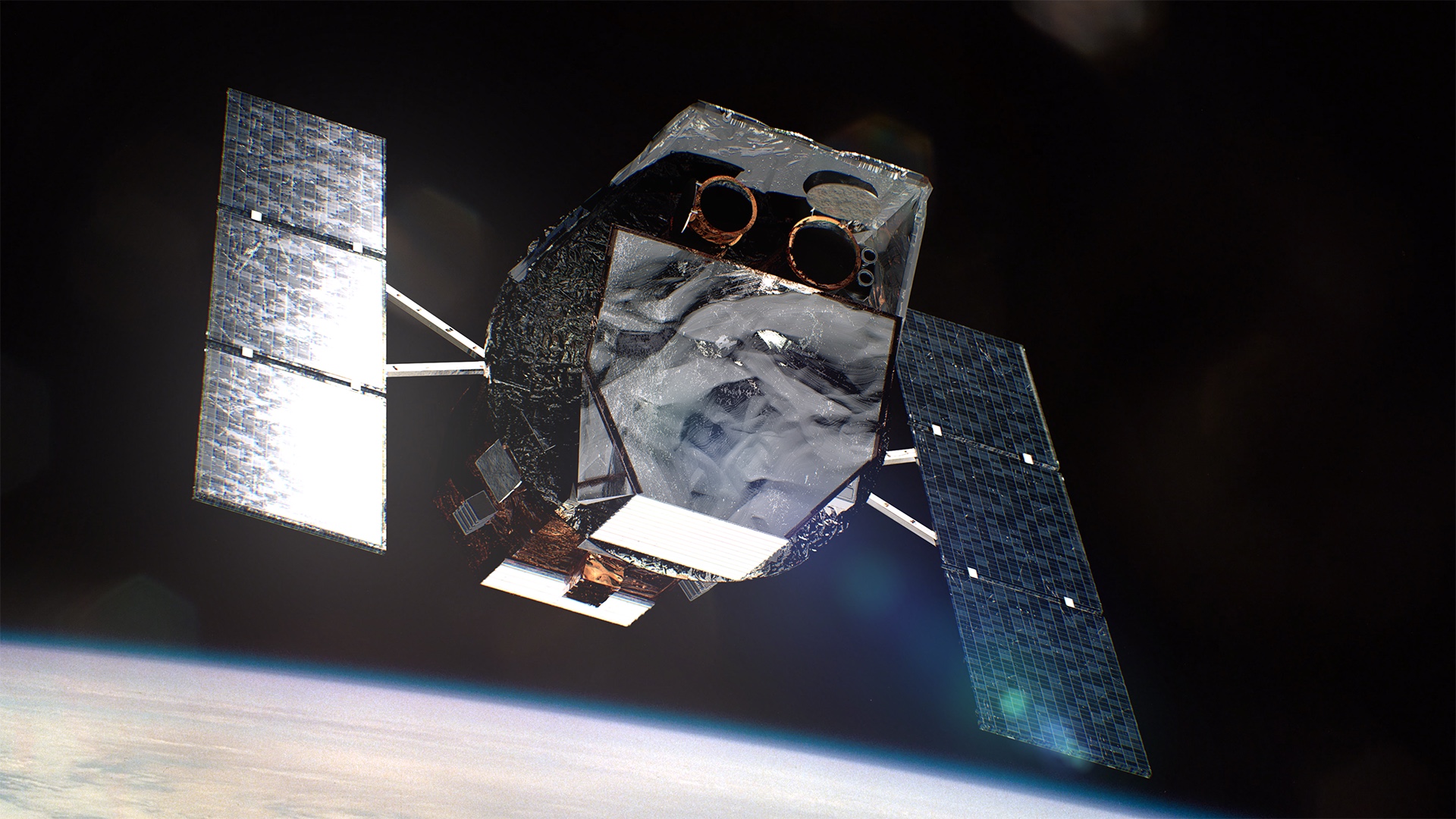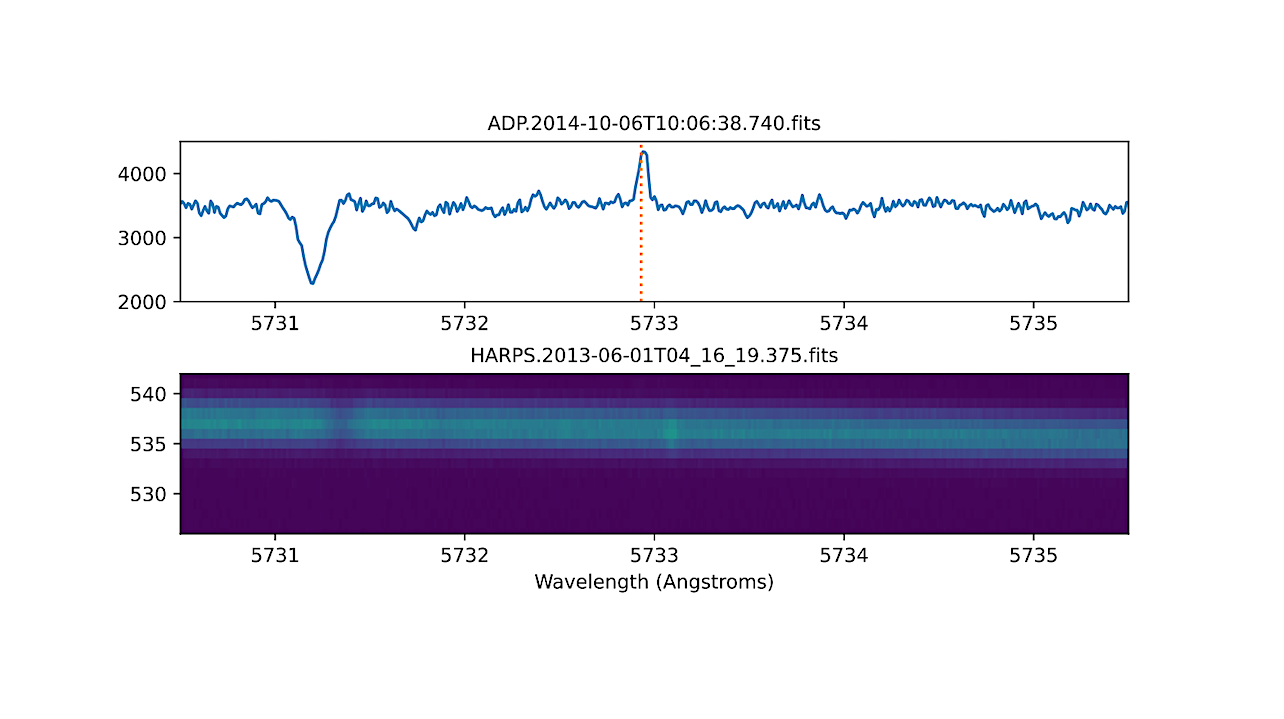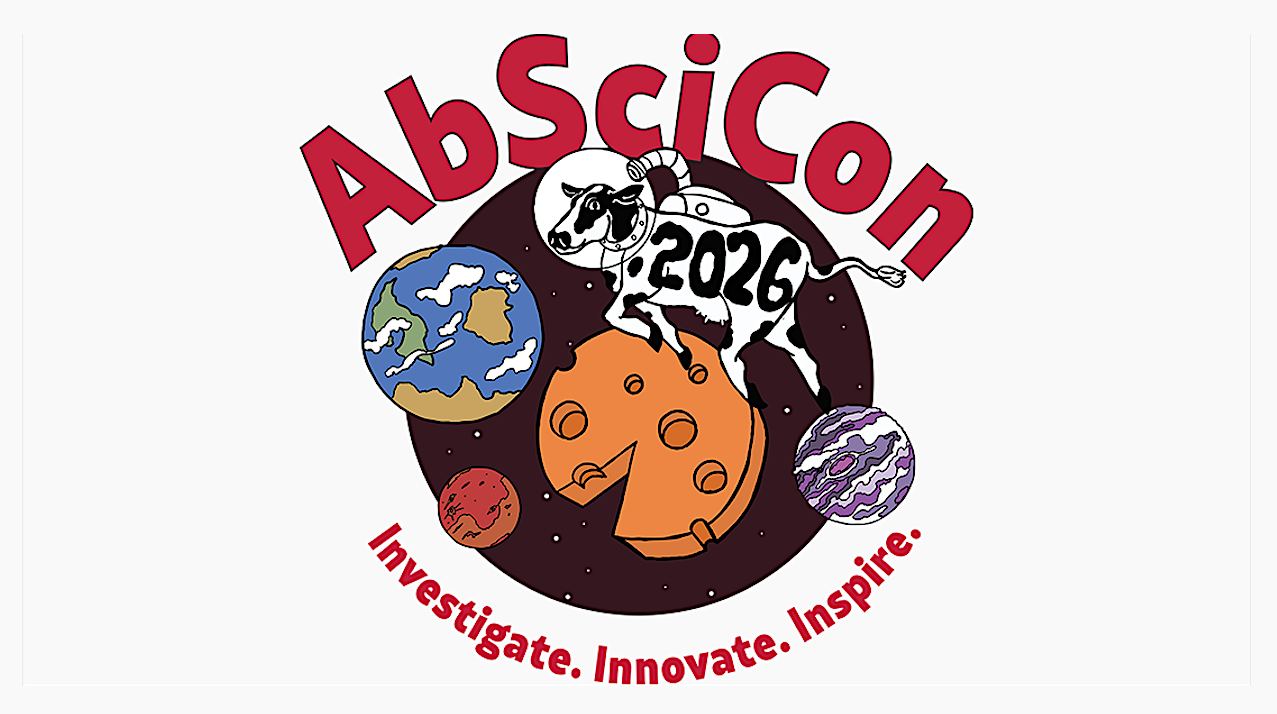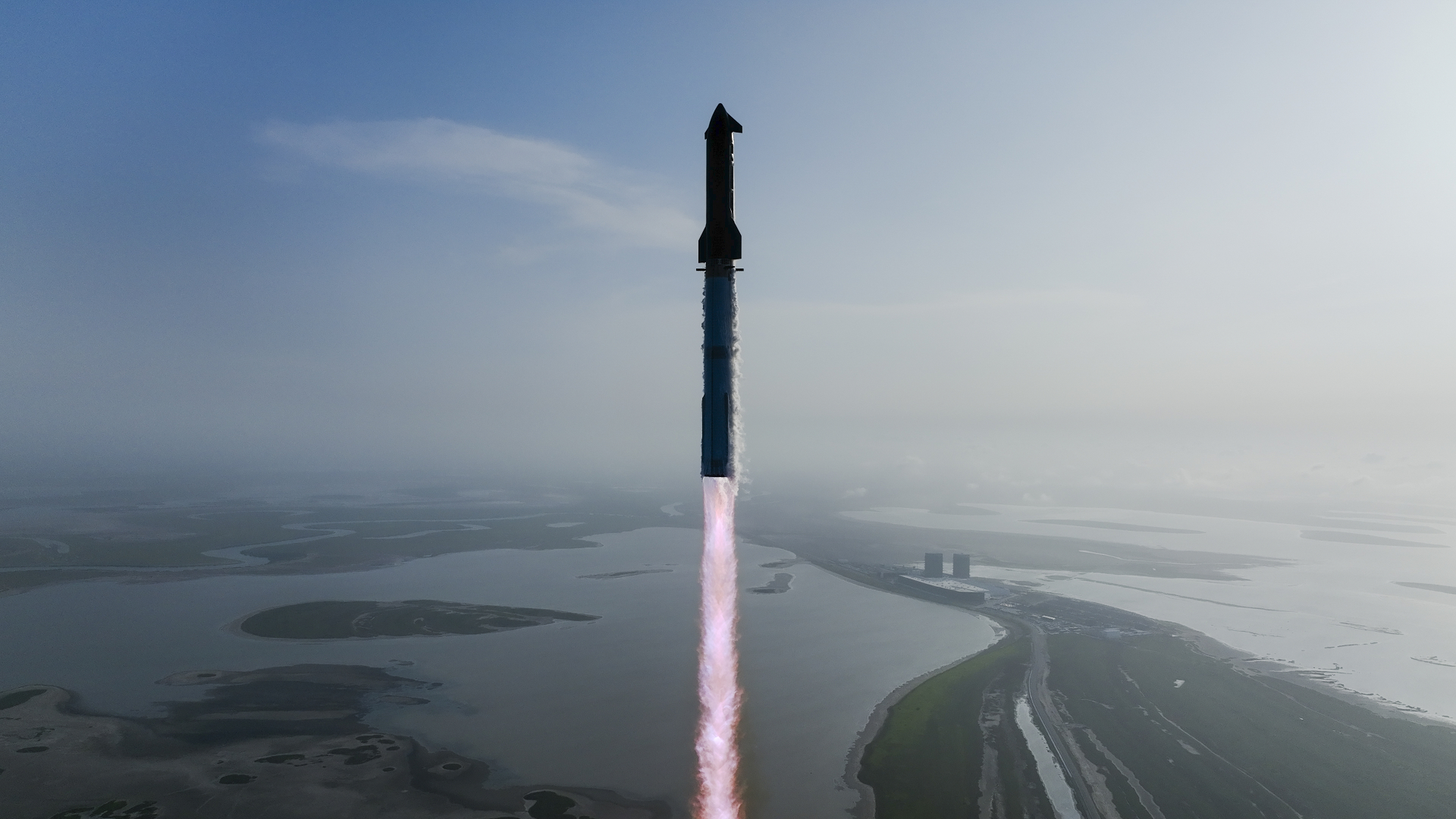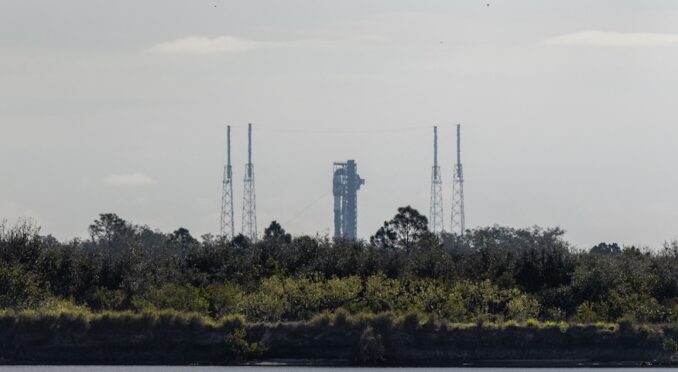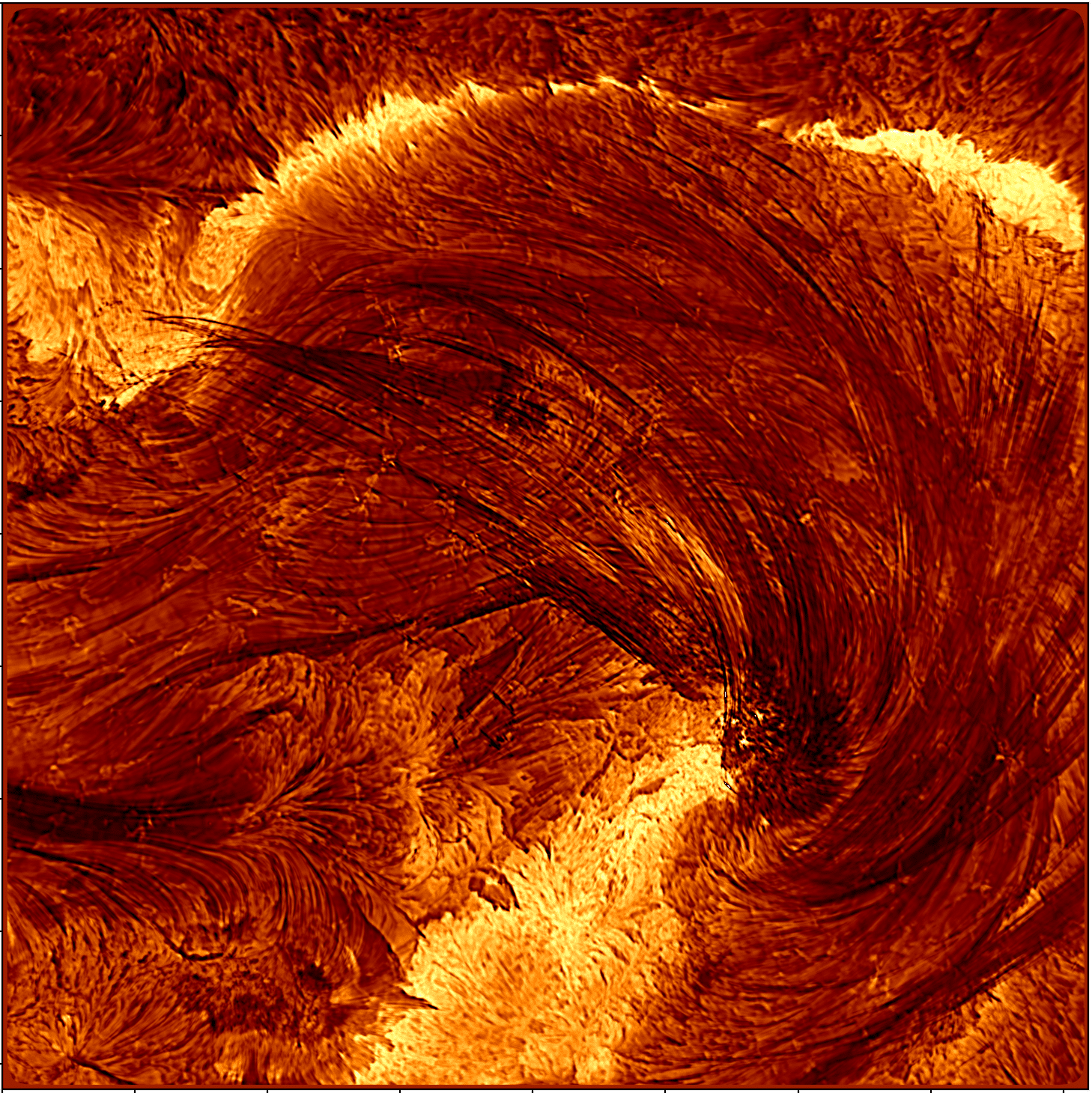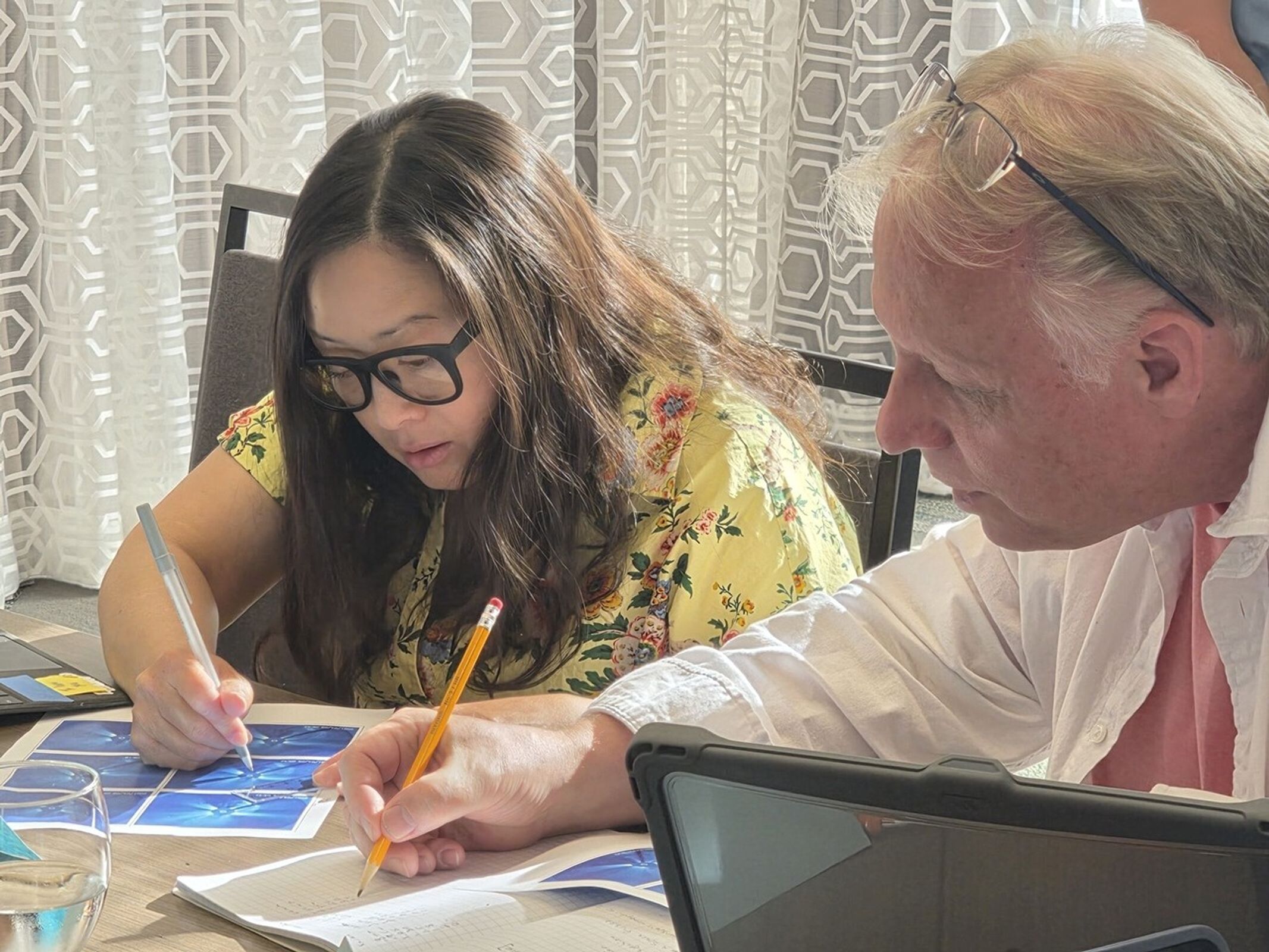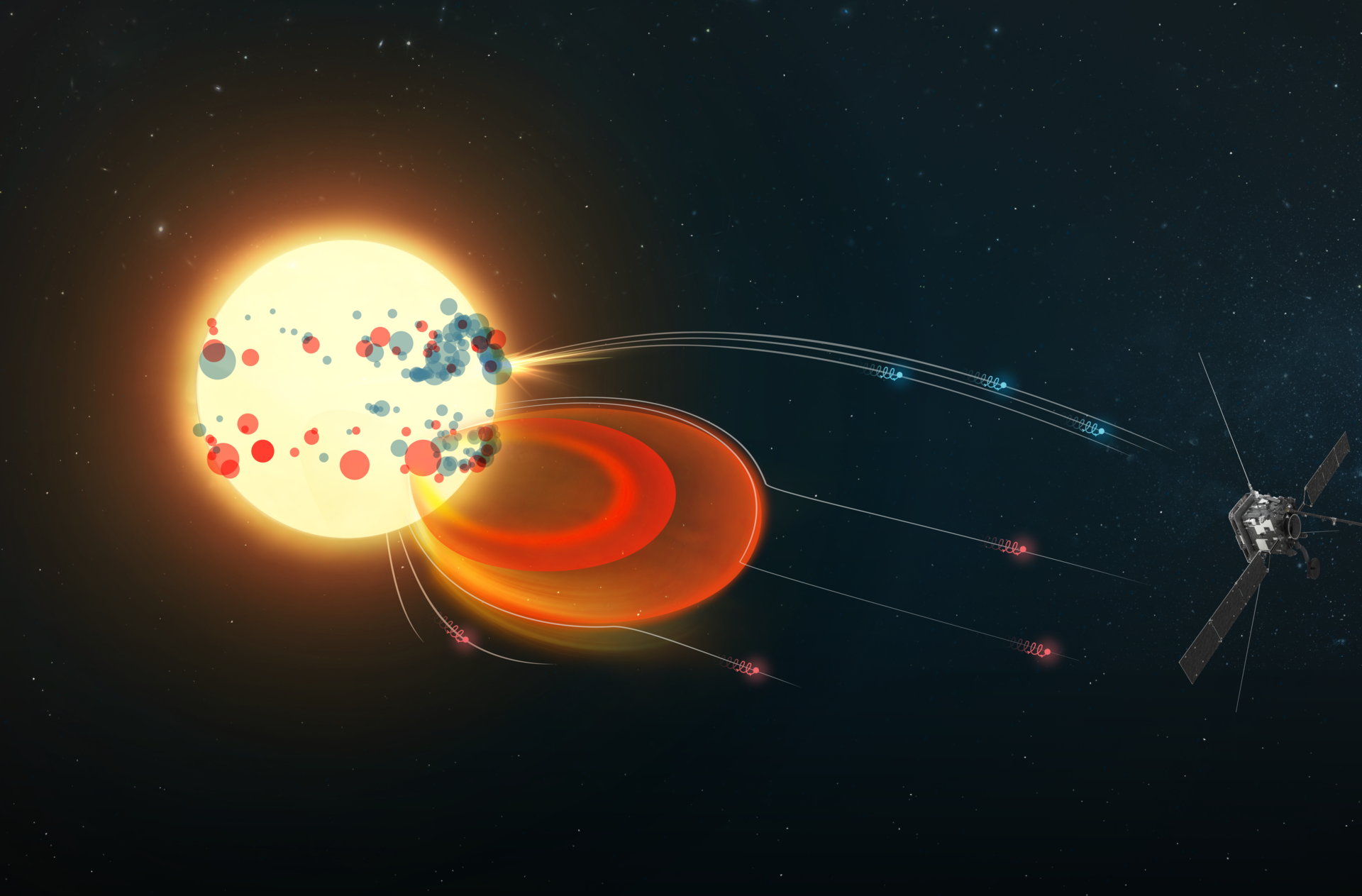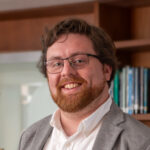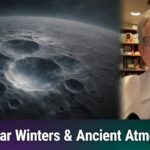SALT LAKE CITY — NASA has selected several companies to study the feasibility of reboosting the orbit of an astrophysics satellite in danger of reentering late next year. To continue
Hot Posts526- Page
Star: HD127423, Spectral Type:G0V, Observation Date/Time: 2013-06-01, 04:16:19.375. Top panel: reduced spectrum. Bottom panel: subsection of the corresponding CCD image for this wavelength range. — astro-ph.IM We examined archived observations
A research team led by Prof. Jiao Chengliang at the Yunnan Observatories of the Chinese Academy of Sciences, along with collaborators, has introduced a self-consistent model that addresses long-unresolved theoretical
Astrobiology Science Conference 2026 Submit a Session or Town Hall Proposal for the Astrobiology Science Conference 2026 Join the astrobiology community in Madison, Wisconsin, 17-22 May 2026 for AbSciCon26. AbSciCon26
SpaceX says the 10th integrated test flight of its Super Heavy Starship launch vehicle could launch as soon as Aug. 24. Liftoff from the company’s Starbase, Texas, manufacturing and test
File: A SpaceX Falcon 9 rocket stands at Space Launch Complex 40 (SLC-40) ahead of the launch of the Starlink 12-18 mission. Image: Adam Bernstein/Spaceflight Now SpaceX’s next Falcon 9
The smallest magnetic loops ever seen in the sun’s corona — imaged for the first time by the National Science Foundation’s Daniel F. Inouye Solar Telescope — could be the
From Jupiter’s swirling storms to Neptune’s icy depths, planets across our solar system are orbited by a fascinating cast of moons. Some are massive and geologically active, while others are
Explore This Section Science Science Activation Sun at the Center: Teacher… Overview Learning Resources Science Activation Teams SME Map Opportunities More Science Activation Stories Citizen Science 3 min read
The recent findings from the Solar Orbiter mission have transformed our understanding of solar energetic electrons (SEEs), revealing a complex landscape of solar phenomena. For many years, scientists knew that
-
 012024 in Review: Highlights from NASA in Silicon Valley
012024 in Review: Highlights from NASA in Silicon Valley -
 02Panasonic Leica Summilux DG 15mm f/1.7 ASPH review
02Panasonic Leica Summilux DG 15mm f/1.7 ASPH review -
 03How New NASA, India Earth Satellite NISAR Will See Earth
03How New NASA, India Earth Satellite NISAR Will See Earth -
 04And Thus Begins A New Year For Life On Earth
04And Thus Begins A New Year For Life On Earth -
 05Astronomy Activation Ambassadors: A New Era
05Astronomy Activation Ambassadors: A New Era -
06SpaceX launch surge helps set new global launch record in 2024
-
 07Space Force plans new ‘Futures Command’ amid pressure to speed up modernization
07Space Force plans new ‘Futures Command’ amid pressure to speed up modernization


